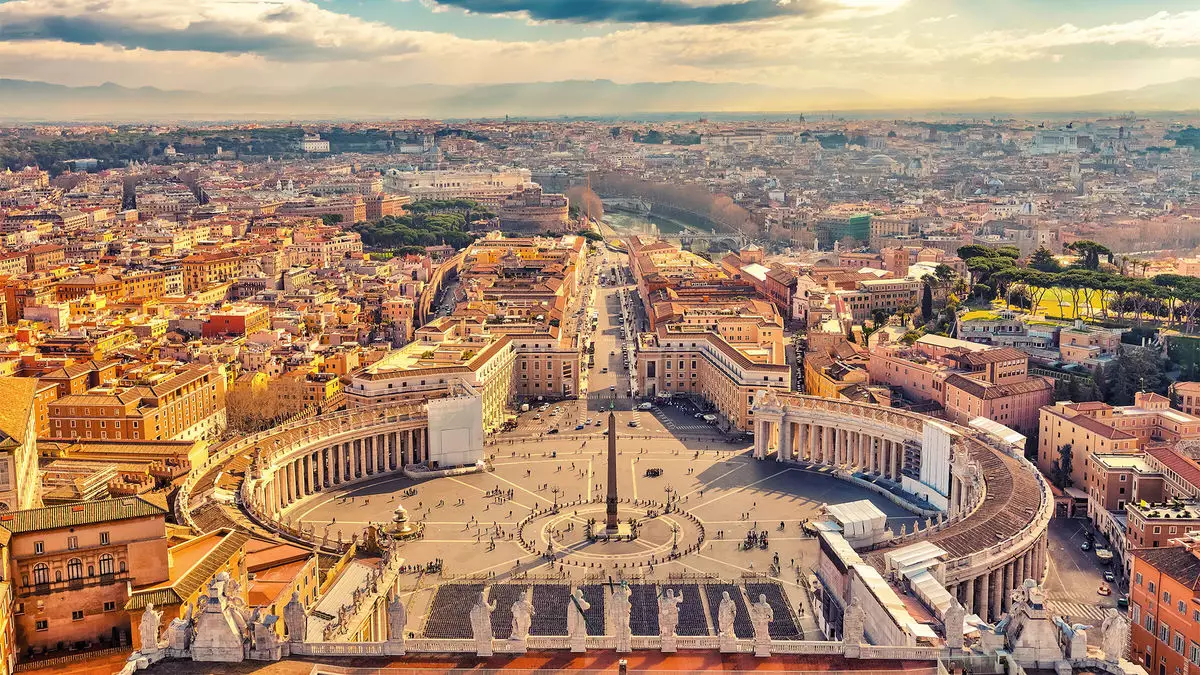The atmosphere in Rome is electric as the city prepares for a momentous occasion in Catholic history: the election of a new pope following the passing of Pope Francis on April 21. With cardinals arriving in droves to engage in this sacred duty, tourists are expected to flock to the Vatican, resulting in larger-than-usual crowds and minor disruptions. While the world mourns the loss of Pope Francis, the reality is that Rome is also navigating this transition in the context of a remarkable tourism upswing, largely fueled by the ongoing Jubilee celebration that began in December and runs until January 2026.
Italy is poised to witness a staggering 32 million pilgrims and tourists during this Jubilee, a significant event occurring once every 25 years. This colossal influx, however, comes with its own set of challenges and expectations. Tour operators are gearing up for a torrent of visitors, but they remain confident that the infrastructure of Italian tourism is robust enough to adapt and thrive during this unique period.
Weathering the Storm: Strategic Adaptations by Tour Operators
Operators specializing in religious tourism, like Unitours, are bracing for an intense few weeks ahead. The experienced hands at Unitours, accustomed to the dynamics of papal transitions, assert that despite anticipation of crowds and potential site closures within Vatican City—such as the illustrious Sistine Chapel and the hallowed St. Peter’s Basilica—tourism shall continue relatively uninterrupted. Gregory Sylvain, a senior director at Unitours, emphasizes that Italy’s economy leans heavily on tourism. Any significant disruption to this vital sector would be counterproductive, prompting officials to prioritize visitor experiences even during historical upheavals.
Echoing this sentiment is Steve Perillo, owner of Perillo Tours, who maintains that his company is committed to sticking as close to their scheduled itineraries as possible, despite the challenges of the road ahead. However, the reality facing travelers is mixed: they will encounter a blend of Jubilee attendees, mourners, and pilgrims in Rome, creating an environment that is as unique as it is crowded.
The Challenge of Limited Accommodations
Accommodations in and around Rome are already stretched thin due to the Jubilee, exacerbated by the increasing demand from individuals seeking to witness the historic election of a new pope. Fabrizio Bertoncin, director of the tour department at EF Go Ahead Tours, underscores the difficulty travelers will face, stating that hotel availability is becoming more limited and longer wait times will likely be the norm at key attractions.
Karyn Pavich, a travel advisor with Fora, highlights another side of this dynamic situation. Despite logistical hurdles, interest in last-minute trips to Rome surged following the announcement of the pope’s passing. She notes that clients determined to experience this unprecedented moment are actively seeking creative alternatives. Setting clear expectations about the expected crowds while providing innovative solutions to enhance their experience reflects the adaptive nature of the travel industry.
Digital Trends: Insights into Traveler Behavior
The immediate spike in flight searches to Rome from major U.S. cities following Pope Francis’s death reveals an intriguing trend in consumer behavior. Google Trends data shows significant interest, indicating that even amidst uncertainty and potential hurdles, many individuals feel compelled to witness history as it unfolds. This eagerness may encapsulate the broader human desire to be part of significant moments, reflecting an intrinsic yearning for connection to events that shape the world.
As Rome braces for an influx of diverse travelers—those mourning a beloved leader, others celebrating a spiritual journey during Jubilee, and countless newcomers seeking to explore the age-old beauty of the city—the landscape of tourism is naturally evolving. The ability to navigate this potent blend of faith, grief, and cultural exploration speaks volumes about the resilience and adaptability of Rome’s travel infrastructure.
Ultimately, this dynamic period highlights that even in the midst of significant change, the enduring spirit of tourism remains unyielded, driven by the profound experiences offered by one of the world’s most iconic and sacred cities. The collective anticipation of witnessing history being made in the Vatican serves as a potent reminder of the ties that bind humanity together—whether through faith, curiosity, or the simple desire to be part of a greater story.


Leave a Reply